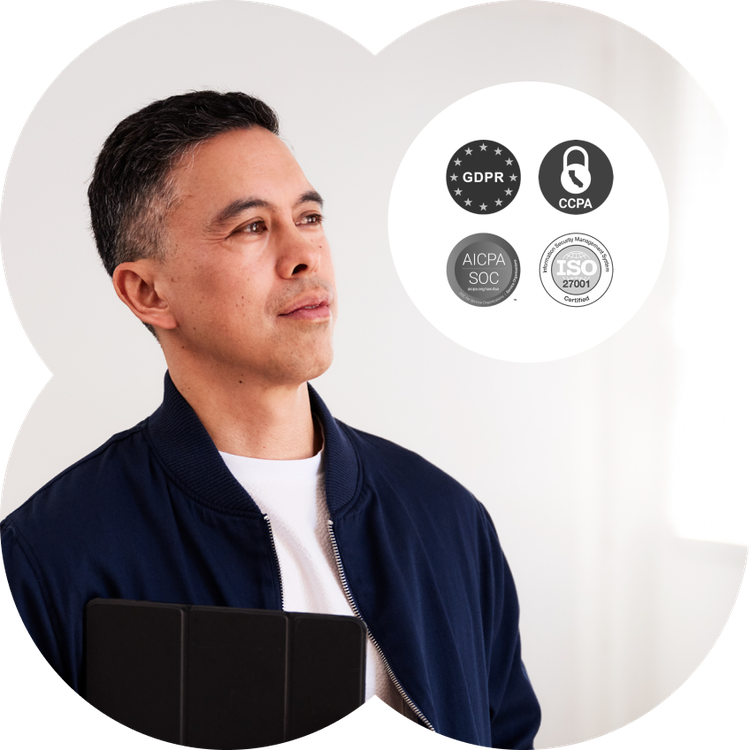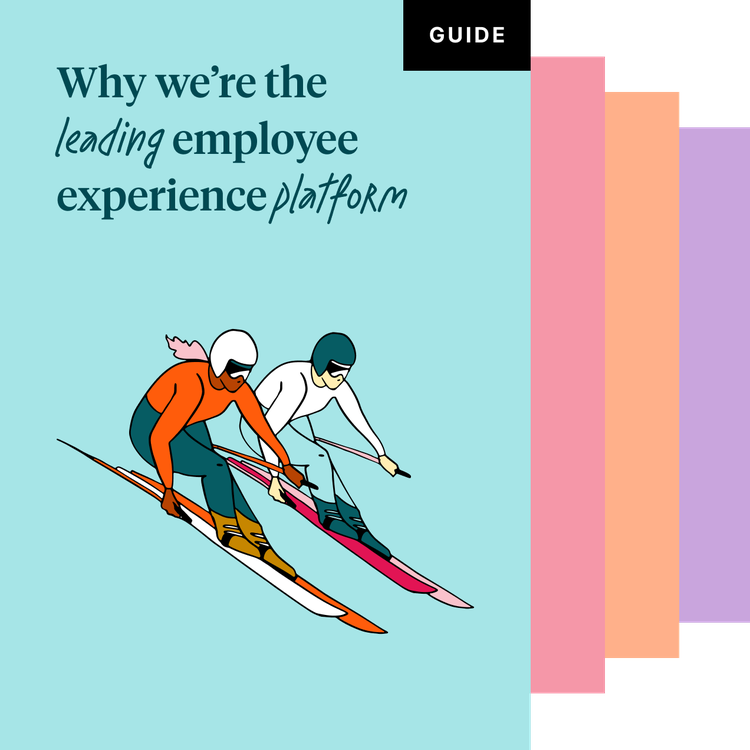
Culture Amp external advisor
Esther Perel
Renowned psychotherapist and New York Times bestselling author
Drive real business results and go from reactive to strategic with our People Science methodology, research-backed performance tools and powerful people analytics.
Trusted by 6,500+ companies
Our People Science team is the largest in the world. Leverage their expertise to develop your leaders and build high performing cultures.
Building the business case for culture starts with quantifying its value. Estimate the value that Culture Amp could bring to your company’s bottom line.
We’re intentionally designed to integrate with every major HR SaaS product in the market. With our integrations, customers can quickly and easily sync data from their HRIS to Culture Amp so HR teams can free up valuable resources and time to focus on critical people strategies.
Our support plans give you the highest level of quality and assurance. We’re proud of our industry-leading support and swift implementation offering:
Your employee data is important to keep secure. Culture Amp protects the confidentiality, integrity, and availability of all systems and data entrusted to us by our customers and their employees and are Soc II, ISO, and GDPR compliant.
We’re here to guide you through your people strategy every step of the way. Explore our latest research, best practices and guides from our industry-leading experts.
The Culture First Community is a group of people leaders, HR practitioners, and change agents committed to building a better world of work.



